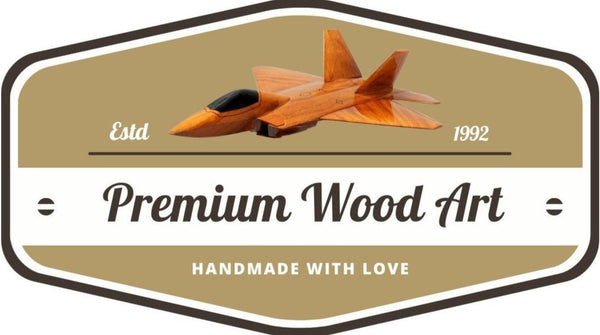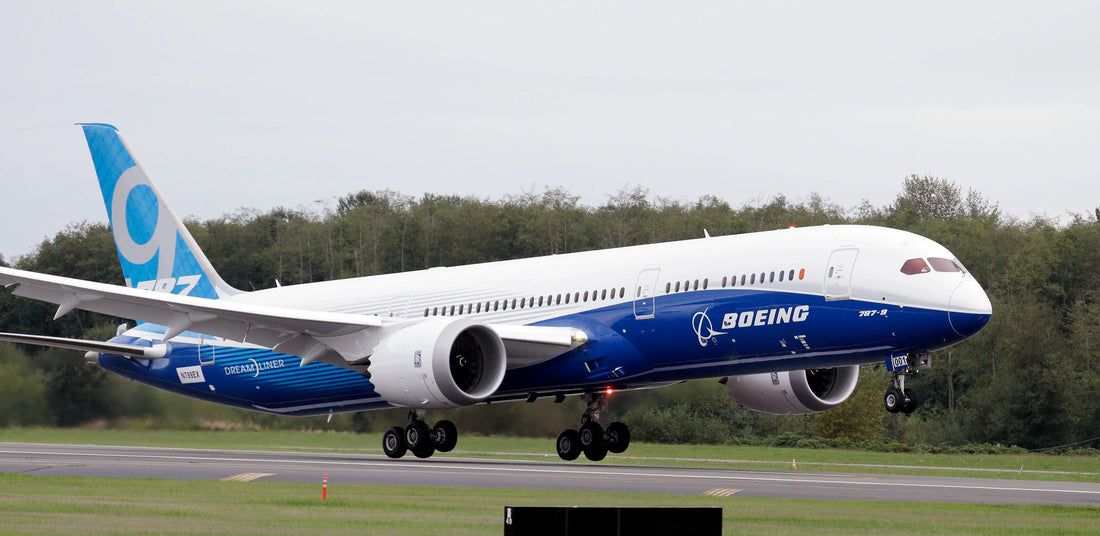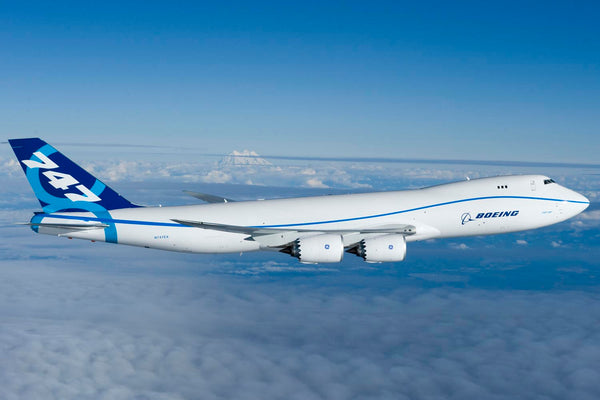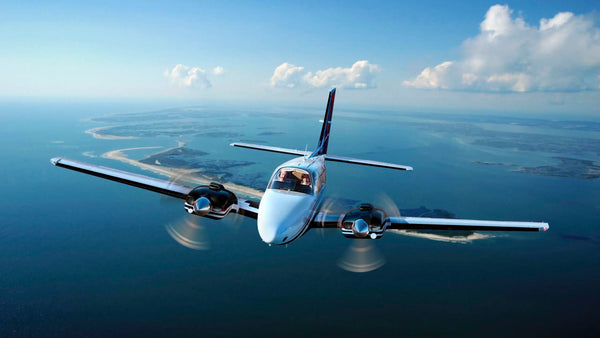The dawn of the 21st century presented a complex challenge to the titans of aerospace. As global air travel boomed, so too did the demand for efficiency, range, and passenger comfort, all while navigating an increasingly critical imperative for environmental sustainability. Airlines sought an aircraft capable of opening new long-haul, point-to-point routes, bypassing traditional hubs, and doing so with unprecedented fuel economy. The stage was set for a true paradigm shift — a machine that would embody the promise of a greener, more connected world.
In this climate of ambitious goals and engineering marvels, one aircraft emerged to redefine expectations: the Boeing 787 Dreamliner. It wasn't just another incremental upgrade; it was a testament to visionary design and advanced technology, conceived from the ground up to tackle the very essence of modern aviation's challenges.
The Dreamliner Revolution
A New Era of Widebody Design
The Boeing 787 Dreamliner represented a radical departure from traditional aircraft construction. Launched in the mid-2000s, it promised an aircraft that was not only significantly more fuel-efficient than its predecessors but also offered unparalleled passenger experience. Boeing bet heavily on new technologies and a streamlined production process, signaling a bold step into the future of commercial aviation.
This ambitious project aimed to replace the aging but reliable 767 in the medium-to-long-range market, offering a step-change in performance and economics. The concept was simple yet revolutionary: build a lighter, more efficient aircraft that could fly further and carry more passengers while consuming substantially less fuel.
Advanced Materials and Aerodynamics
The Composite Advantage
At the heart of the 787’s efficiency lies its groundbreaking use of composite materials. Over 50% of the primary structure, including the fuselage and wings, is made from carbon fiber reinforced polymers (CFRP). This extensive use of composites resulted in a significantly lighter airframe compared to traditional aluminum construction, directly translating into reduced fuel consumption.

Carbon Fiber Reinforced Polymers (CFRP)
The monolithic barrel sections of the fuselage, a stark contrast to riveted aluminum panels, eliminate thousands of fasteners and connections, further reducing weight and enhancing structural integrity. This approach not only optimized the aircraft’s mass but also contributed to improved fatigue resistance and corrosion prevention.
Sculpted for Efficiency
The aerodynamic design of the 787 is a masterpiece of computational fluid dynamics and wind tunnel testing. Its distinctive raked wingtips, while aesthetically pleasing, are meticulously shaped to reduce induced drag, enhancing lift-to-drag ratio and improving overall fuel efficiency, particularly on long-haul flights.
The smooth, blended lines of the fuselage and wing integration, coupled with the absence of traditional fasteners, contribute to a remarkably clean aerodynamic profile. This minimization of drag at cruise speeds allows the aircraft to achieve its impressive range and speed using less power, a critical factor in operating economics.
The Power of the Trent 1000 and GEnx Engines
Next-Generation Propulsion
The 787 is powered by a choice of two highly advanced turbofan engines: the Rolls-Royce Trent 1000 or the General Electric GEnx. Both engine types were developed specifically for the Dreamliner, incorporating cutting-edge technologies to maximize fuel efficiency and reduce emissions and noise.


These engines feature advanced fan blade designs, lean-burn combustion systems, and high-pressure compressor stages that optimize airflow and combustion efficiency. The result is a significant reduction in fuel burn — up to 20% less than similarly sized aircraft — and a much quieter operation, benefiting both passengers and communities near airports.
Integrated Systems
Beyond the engines themselves, the 787 pioneered a more-electric architecture, replacing many traditional hydraulic and pneumatic systems with electric ones. This reduces complexity, saves weight, and improves overall system efficiency by powering components on demand rather than continuously.
For instance, the aircraft utilizes electric bleed air for cabin pressurization and de-icing, rather than relying on hot air drawn directly from the engines. This innovative approach further enhances fuel efficiency by allowing the engines to operate closer to their optimal performance parameters.
Cabin Comfort Meets Efficiency
A Better Passenger Experience
While much of the 787’s innovation is beneath the surface, its impact on passenger comfort is immediately apparent. The composite fuselage allows for a lower cabin altitude, typically equivalent to 6,000 feet, compared to 8,000 feet in conventional aluminum aircraft. This significantly reduces the effects of jet lag and enhances overall passenger well-being.

Larger windows — 65% bigger than those on similar aircraft — offer expansive views and are dimmable electronically rather than with physical shades. This, combined with advanced LED lighting systems that mimic natural light cycles, creates a more pleasant and dynamic cabin environment, further distinguishing the Dreamliner experience.
Shaping the Future of Flight
The Boeing 787 Dreamliner stands as a monumental achievement in aviation history — a testament to what is possible when ambition meets cutting-edge engineering. It has not only allowed airlines to open new, profitable routes but has also significantly reduced the environmental footprint of long-haul travel.
Its revolutionary use of composite materials, advanced aerodynamics, and highly efficient engines set a new benchmark for fuel efficiency and performance. The 787 isn't just an aircraft; it's a powerful symbol of sustainable progress and the relentless human drive to push the boundaries of what can fly.

Boeing 787 Dreamliner wooden model
✈️ Own a Piece of Innovation
Celebrate the groundbreaking legacy of the Boeing 787 Dreamliner with a beautifully handcrafted wooden model. Perfect for collectors, aviation lovers, or as an elegant décor piece—each model captures the sleek design, technological brilliance, and spirit of sustainable flight that defined a new era in aviation.
Get Your Boeing 787 Wooden Model© PremiumWoodArt — The Boeing 787 Dreamliner



